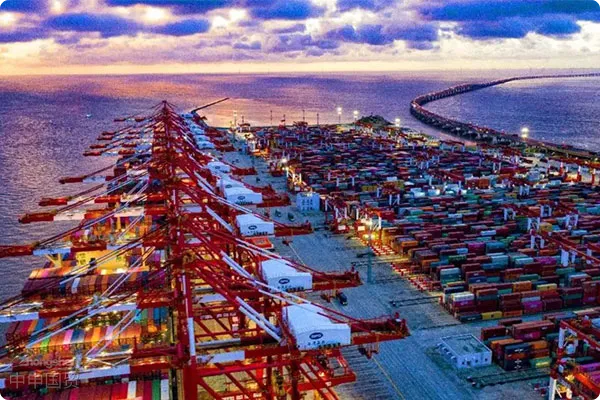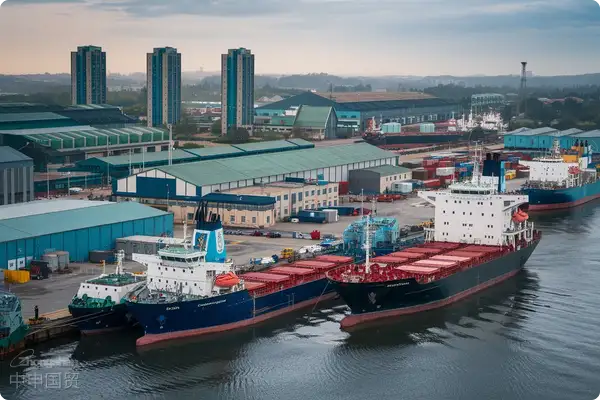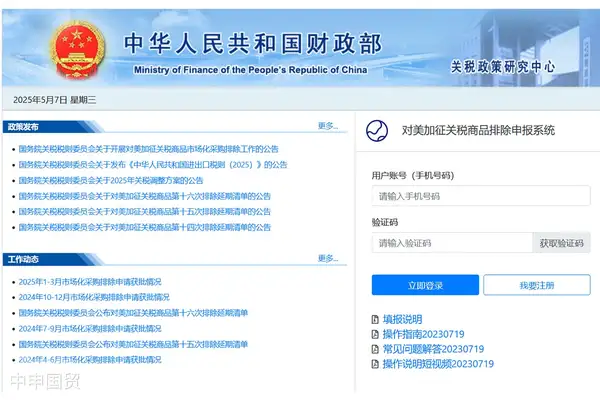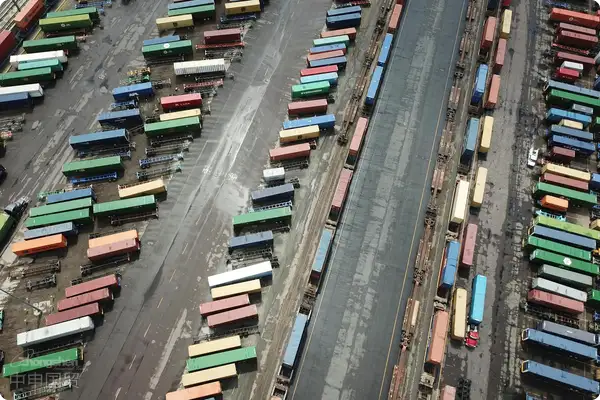- Shanghai Zhongshen International Trade Co., Ltd. - Two decades of trade agency expertise.
- Service Hotline: 139 1787 2118
Do you know all these procedures for importing plastic tableware?
As an old hand with 20 years of experienceforeign tradeVeterans often encounter client inquiries: What exactly are the procedures for importing plastic tableware? Today, Ill walk you through the complete process in the most straightforward wayImport Representationwhile sharing some trouble-avoiding tips that customs wont tell you.
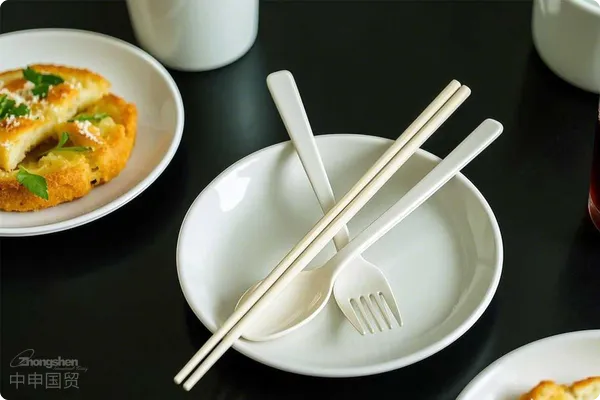
I. Four-step core process for import agency
Pre - preparation Stage
- HS Code confirmation: Plastic tableware usually falls under HS code 3924, but tariff rates vary significantly by material. For example, PP products have a 6.5% tariff while PS products face 10%
- Regulatory Condition Verification: Food-contact products require Imported Food Contact Product Registration - dont overlook this!
- Documentation preparation: Besides standard contracts and invoices,It is recommended to verify through the following methods:can help save significant tariffs (especially for ASEAN countries)
International Transportation Phase
- Maritime TransportationRecommend choosing full container load (FCL) shipping as these lightweight goods often incur dead freight charges
- Air TransportationPay attention to pallet dimensions - Ive seen too many clients charged extra fees for oversized shipments
Key Points of Domestic Customs Clearance
- Commodities subject to legal inspection must undergo CIQ testing - last year a client had an entire shipment returned due to lack of testing
- The 13% VAT is fixed, but tariff reductions are available through free trade agreements
- Customs inspection rate is about 15%, recommend allowing 3-5 days buffer time
Post-Delivery Considerations
- Warehousing requires light protection and moisture prevention - one shipment was claimed for deformation due to warehouse leaks
- Customers with the right to can adopt double - header customs declaration. We have handled hundreds of such orders
II. Customs Wont Tell You These Purchasing Tips
Based on customs consumption alerts, Ive summarized several practical experiences:
The Science Behind Packaging
- Dont get too excited when you see the QS mark - you should now look for the SC code (Production License Number)
- Pay special attention to temperature indicators on packaging - microwave-safe PP material costs about 30% more than PE
Secrets of Material Selection
- PET has high transparency but poor heat resistance, making it suitable for cold drink cups
- PS is cheap but fragile, with potential transportation breakage rates up to 5%
- Professional advice: PLA biodegradable materials are more popular for exports to Europe and America
Essential Inspection Skills
- Use alcohol swabs to wipe - immediately reject any products with color bleeding
- Fold test: Poor quality products will show white creases
- Hot water test: Pour 90℃ hot water - reject any items with severe deformation
III. Top Three Pitfalls Importers Often Fall Into
Certification Traps
Last year, a client imported eco-friendly tableware but got held at customs for 2 months due to missing FDA certification. Remember: US/EU markets require FDA/LFGB, while Japan needs PSE certification.
Labeling Traps
The most unfair case Ive seen: A whole shipment worth 100,000 RMB required relabeling because the outer packaging lacked Chinese text. Now I always require suppliers to provide bilingual Chinese-English labels.
Shipping Traps
Plastic tableware is most vulnerable to crushing deformation. I recommend using special containers with honeycomb cardboard partitions - though shipping costs 15% more, breakage rates can drop from 8% to below 1%.
IV. Special Advice for Beginners
For first-time imports, use dual-header customs declaration until youre familiar with the process
Allow 2 weeks extra clearance time for products from sensitive regions (e.g. areas near Japans nuclear radiation zones)
Hire professional testing agencies for migration testing - a 2,000 RMB test fee might prevent 200,000 RMB in claims
Finally, heres an industry saying: For importing plastic tableware, 30% depends on the product, 70% on the process. Mastering these key points will make your import journey much smoother. Feel free to reach out with any specific questions!
Related Recommendations
? 2025. All Rights Reserved. Shanghai ICP No. 2023007705-2  PSB Record: Shanghai No.31011502009912
PSB Record: Shanghai No.31011502009912
